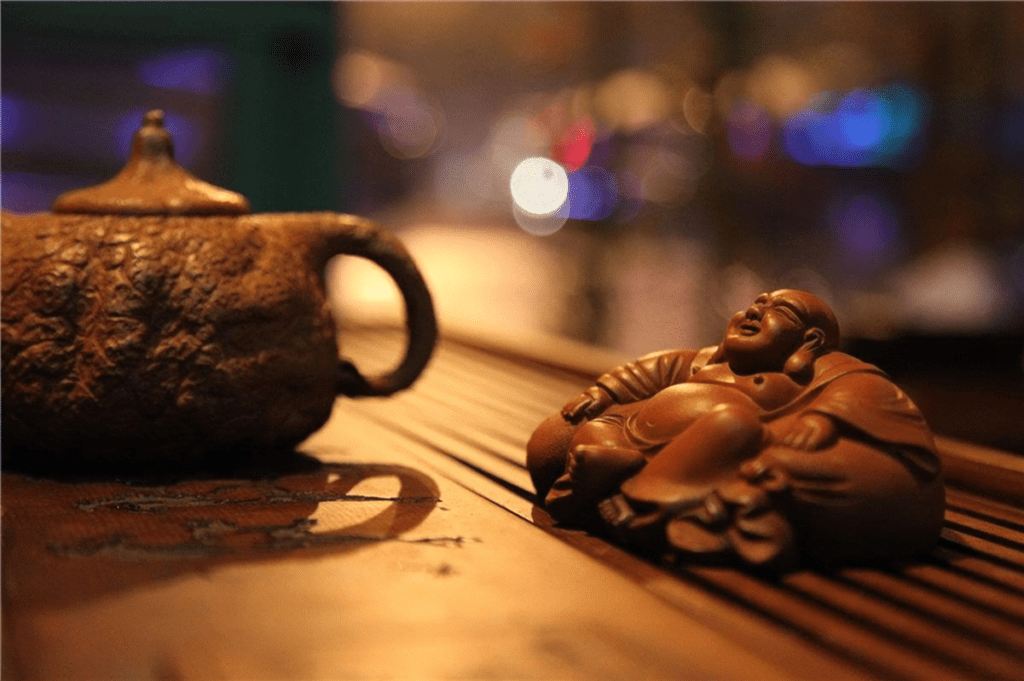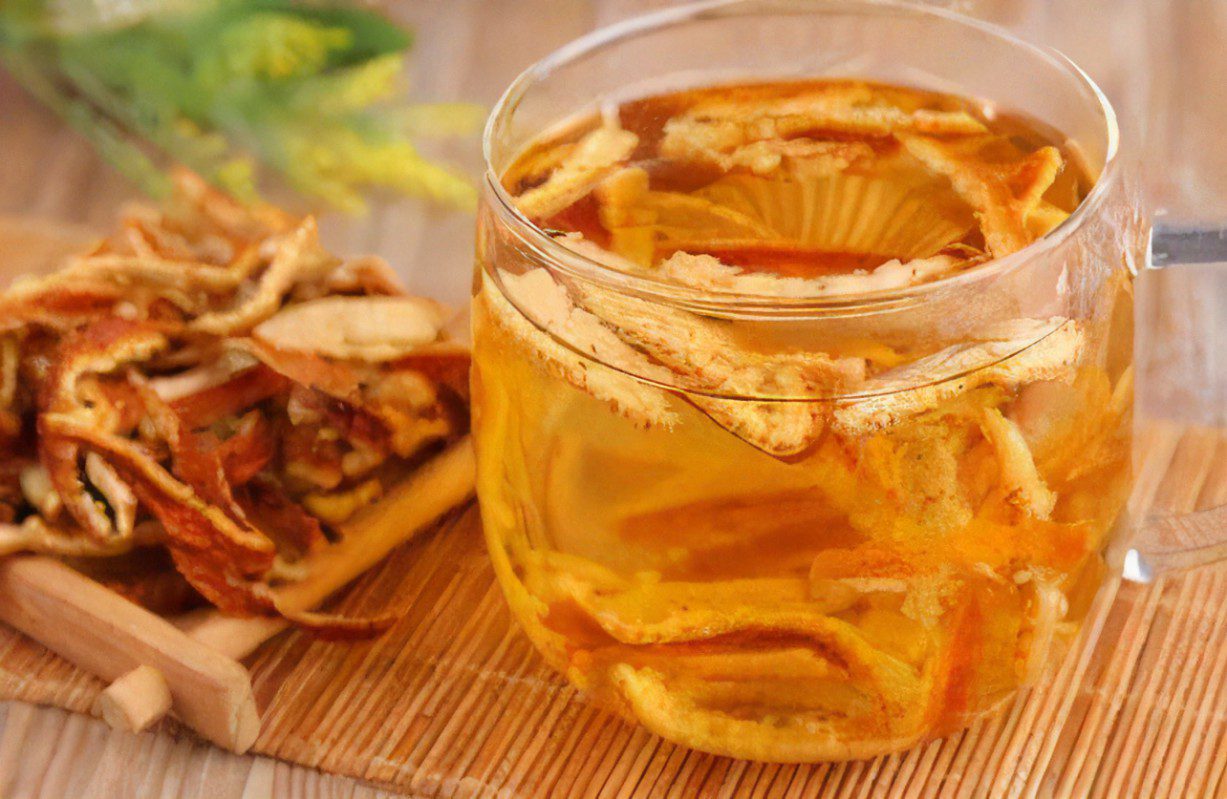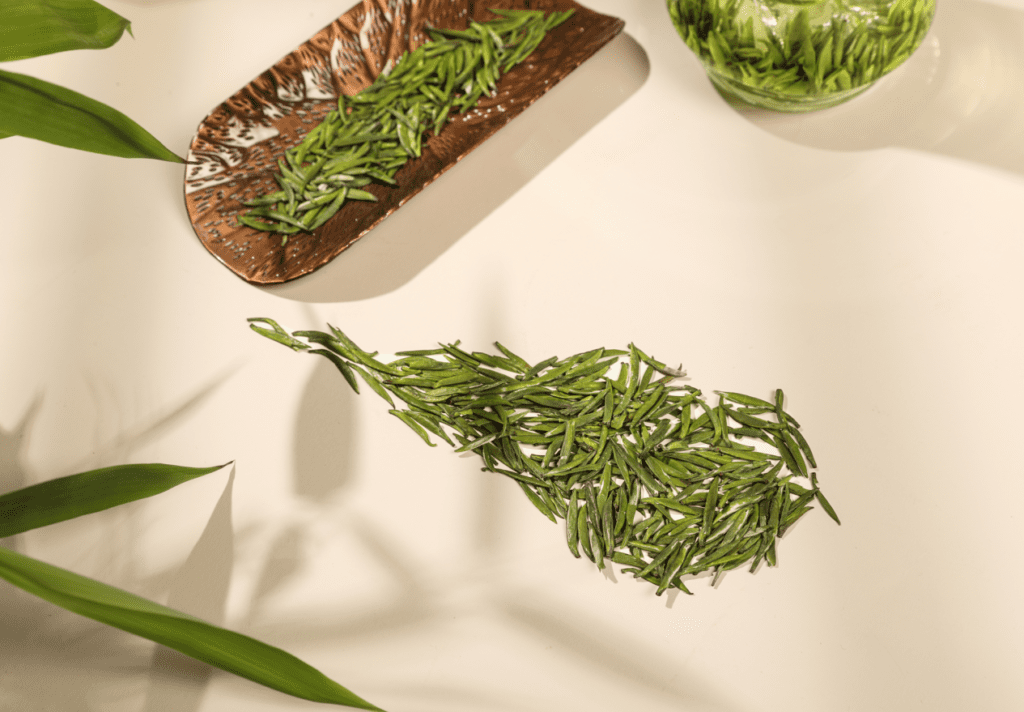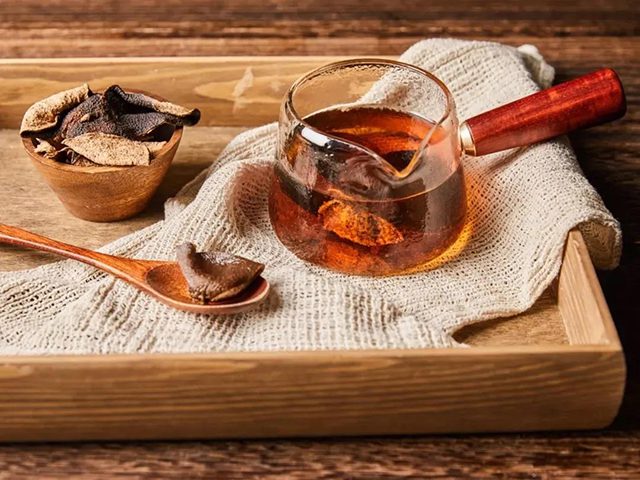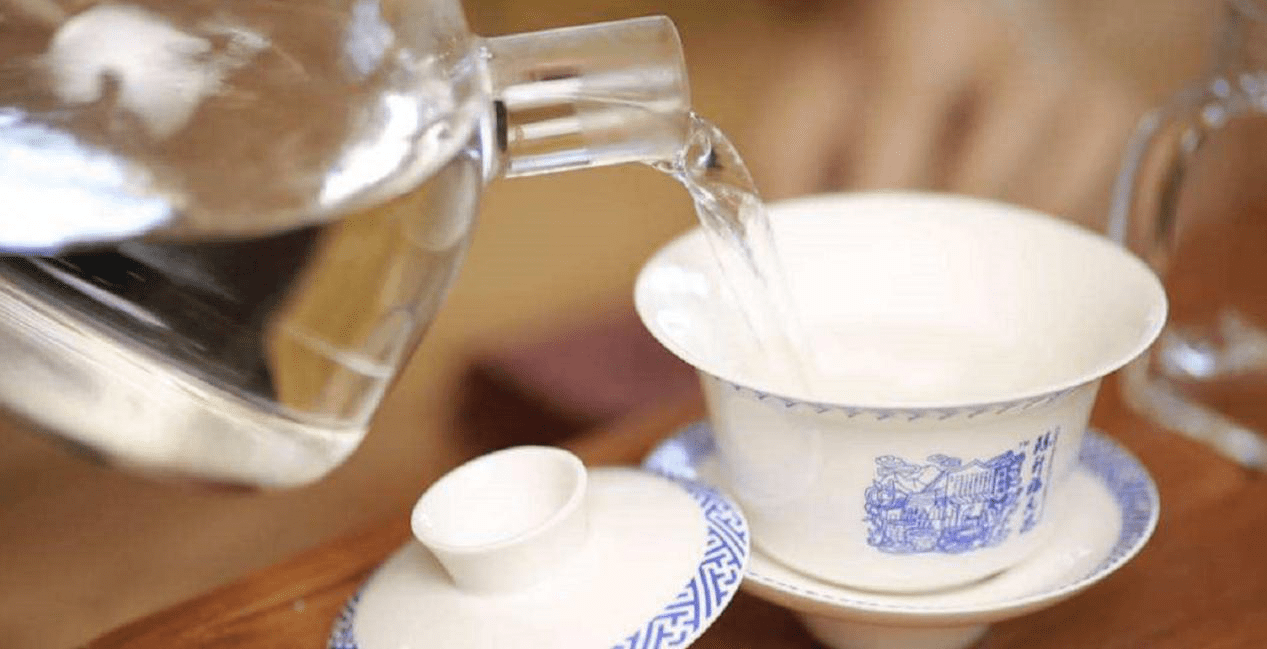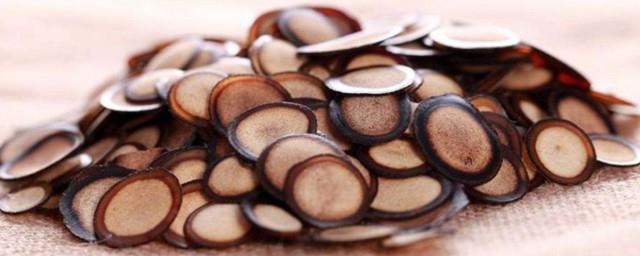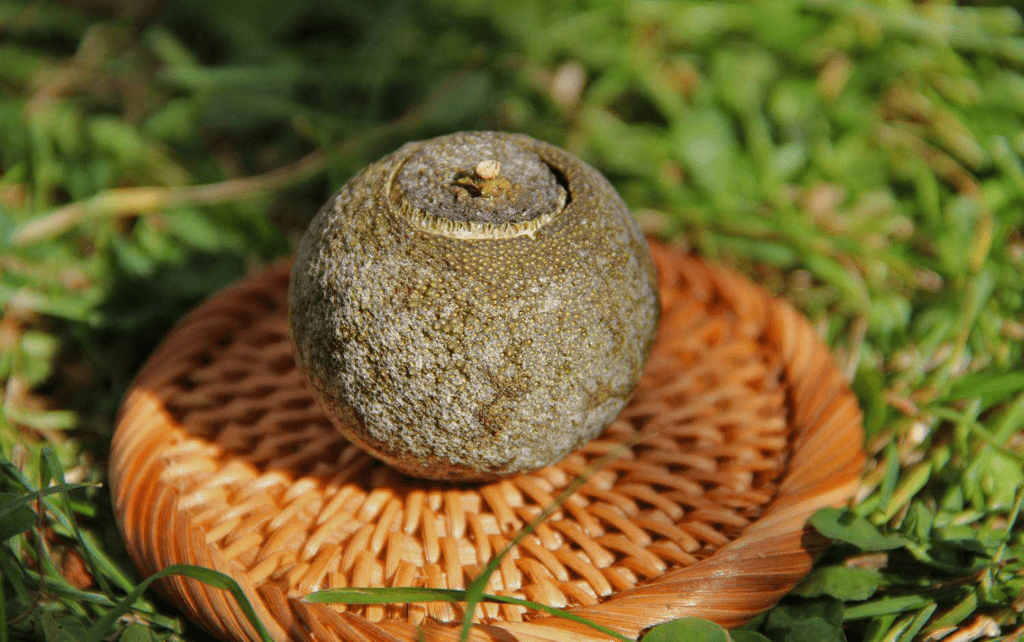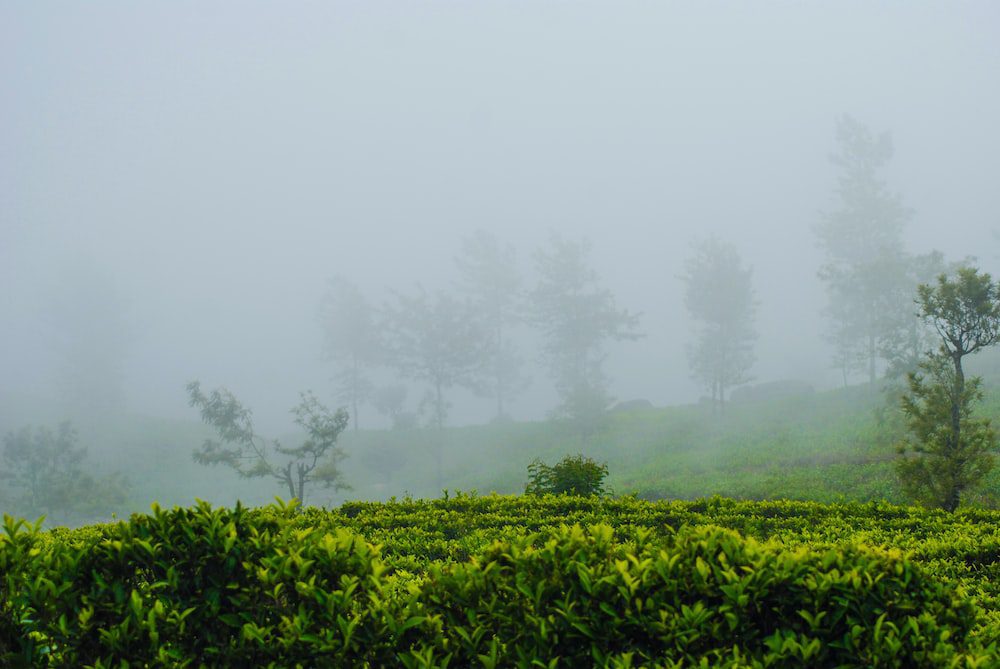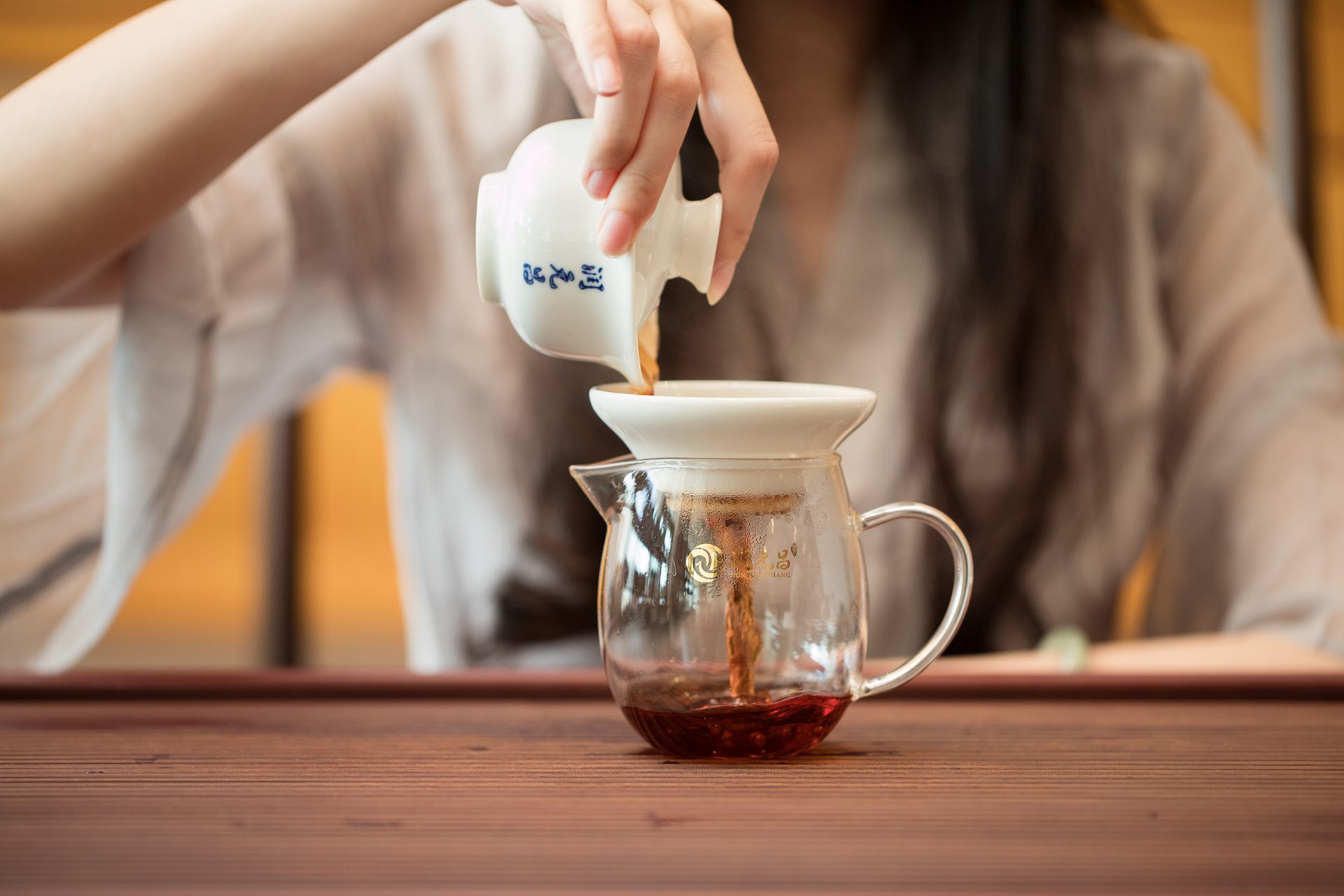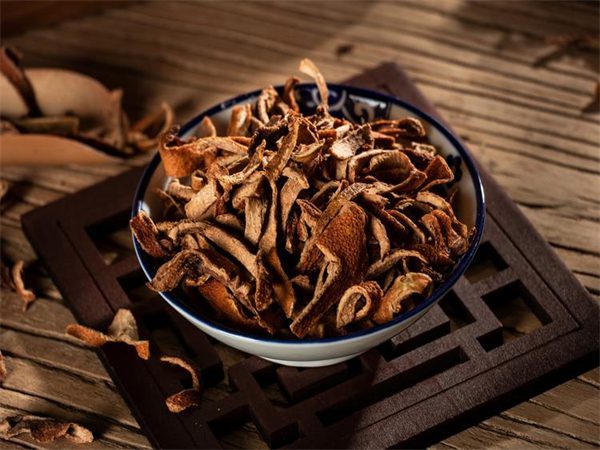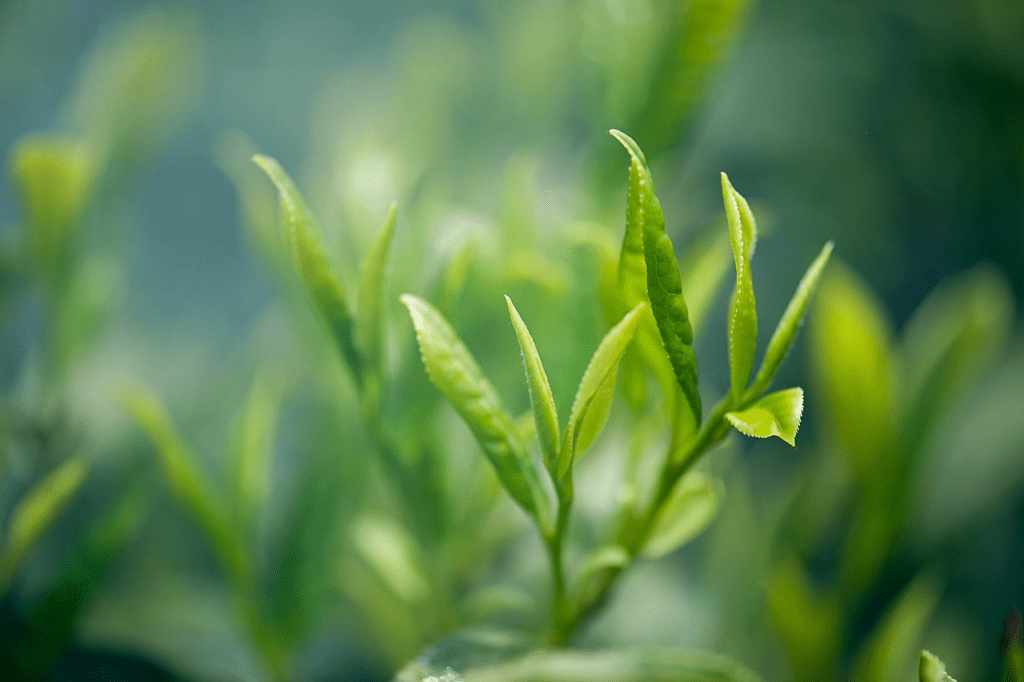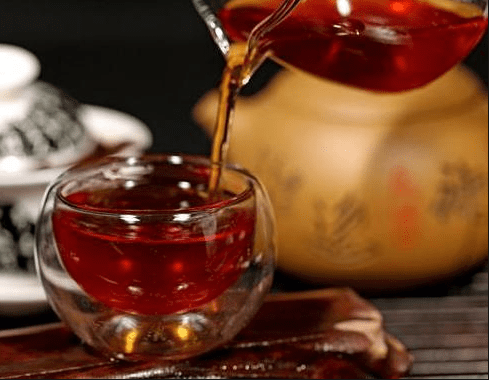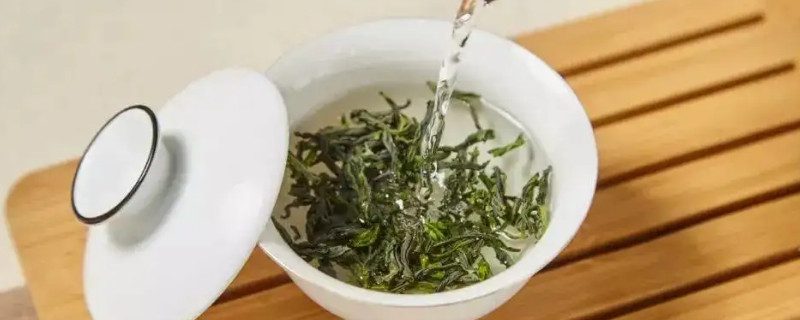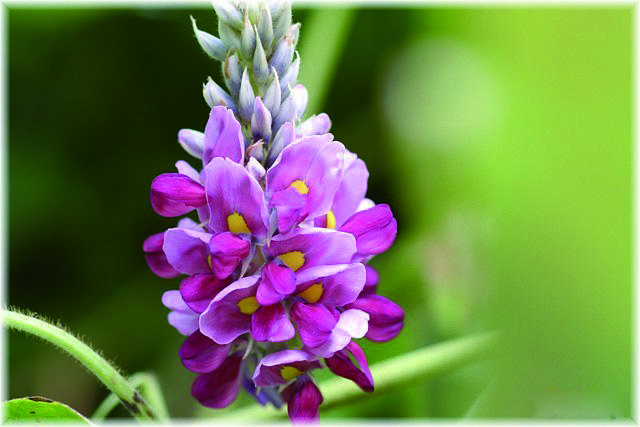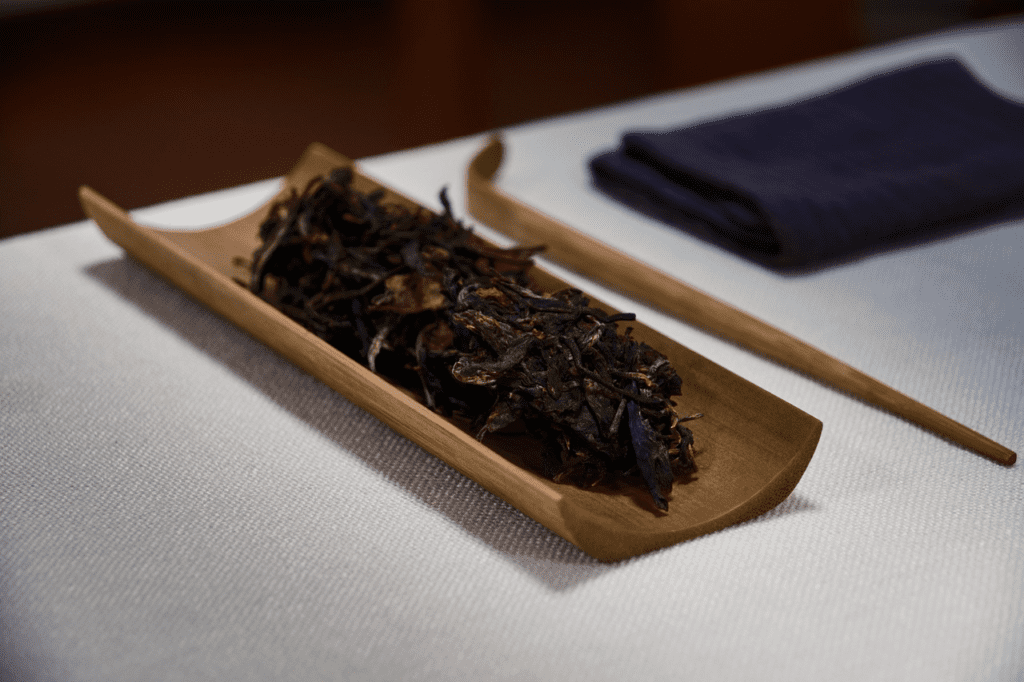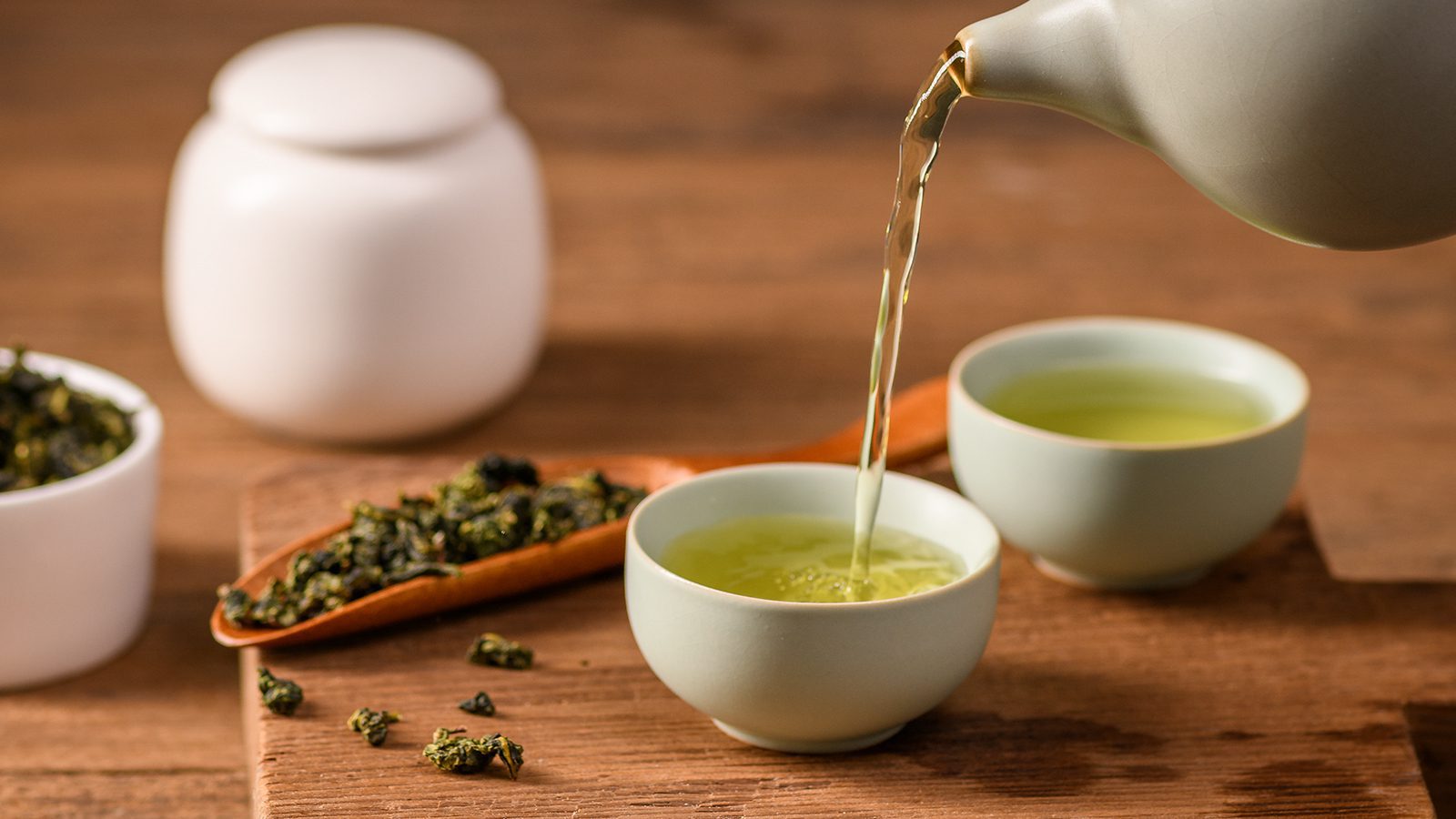Making tea is an art, and choosing the right tea making vessels is key to this art. Whether you are a first timer or a seasoned tea enthusiast, understanding the various types of tea making vessels and their uses can enhance your tea art. In this article, we will introduce traditional and modern tea brewing vessels for different types of tea to help you find the best tool for you.
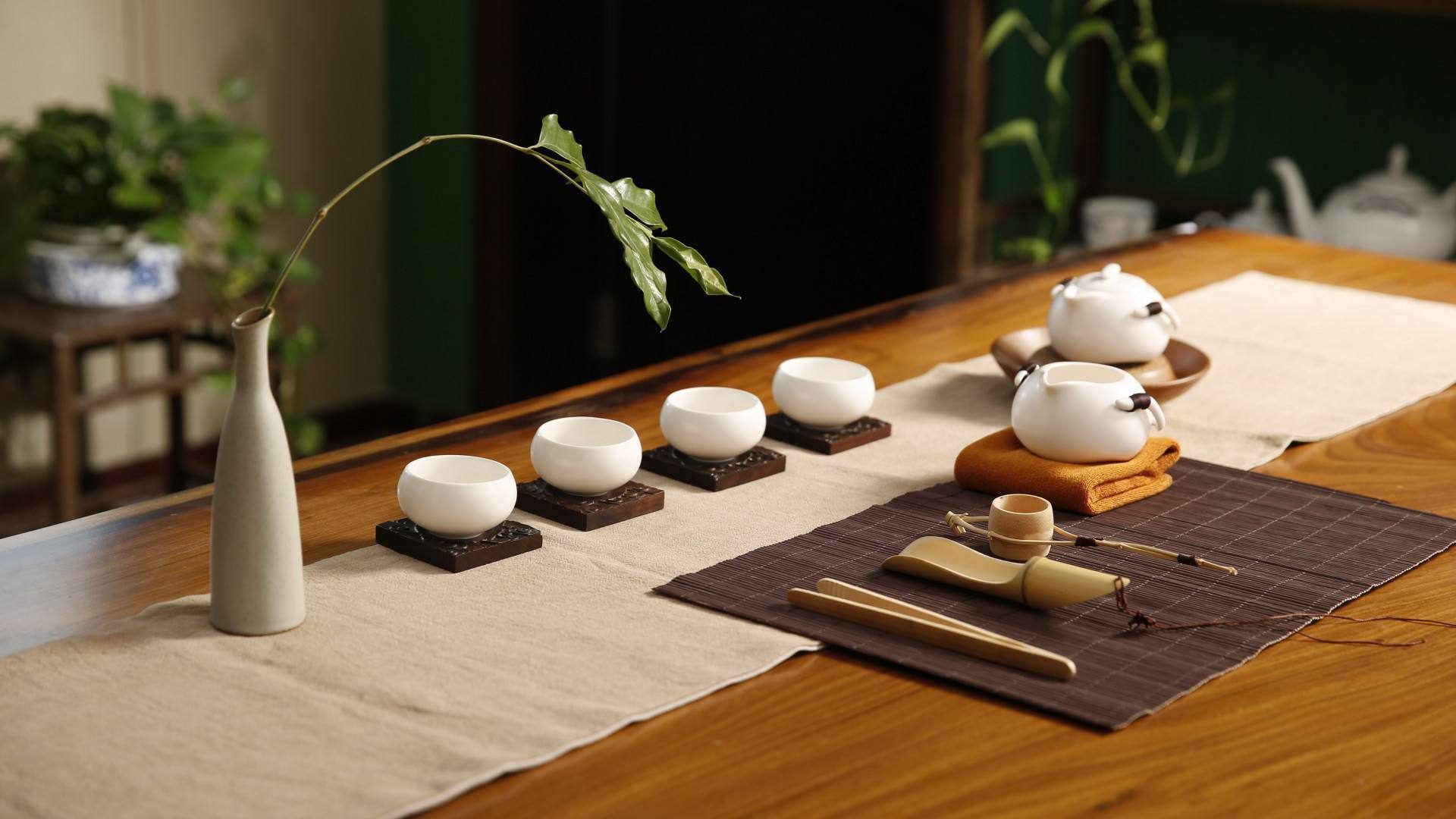
(Image source: Internet, deleted)
1. Classic tea sets: porcelain, earthenware and glass
chinaware: Porcelain tea sets have a long history in China and are the most widely used material for tea sets. They are usually hand-painted and are perfect for brewing green and oolong teas. Porcelain tea sets offer good heat retention and aesthetic appeal, making them a classic choice for tea tables.
crockery: Earthenware tea sets, such as purple clay pots, are known for their unique absorption of tea aroma and gradual enhancement of flavor. Purple clay pots are especially suited for brewing pu-erh and black teas, mellowing the flavor of the tea with each use.
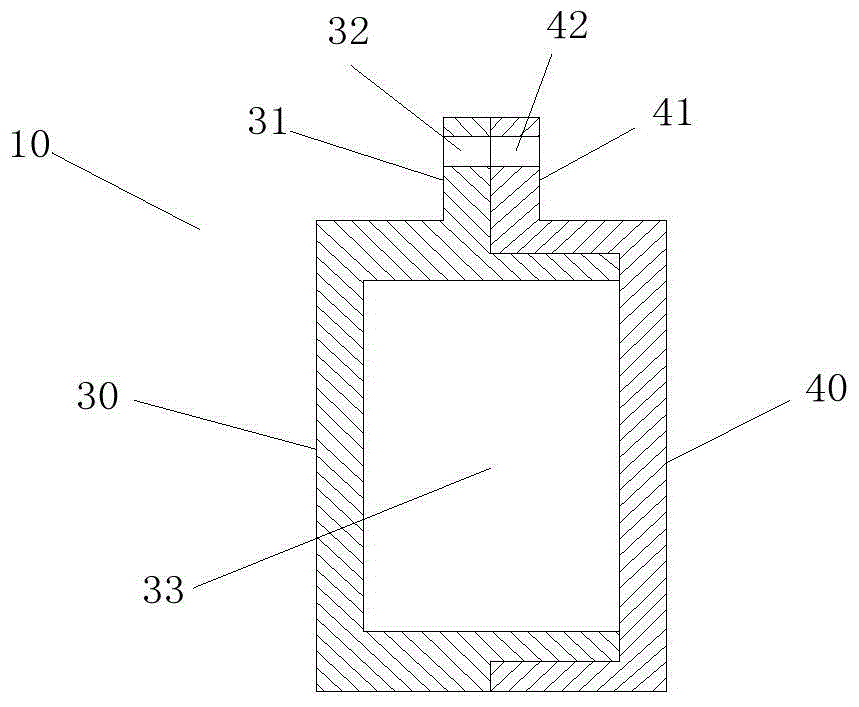
(Image source: Internet, deleted)
fiberglass: Glass tea sets are suitable for viewing the process of making tea, especially floral tea. Transparent glass tea sets are not only aesthetically pleasing, but also allow you to clearly see the tea leaves unfolding gracefully in the water. However, glass tea sets are fragile and can easily burn your hands, so you need to be extra careful when using them.
2. Specialized Tea Brewing Vessels: Gaiwan and Teapots
lidded teacup: The gaiwan is a traditional Chinese tea brewing vessel that consists of a cup, lid and tray. It is easy to use, easy to clean and suitable for brewing a variety of teas. The capacity of a gaiwan is usually between 100 and 150 milliliters, making it ideal for a single person or a small tea party.
Japanese Teapot (Kyusu): The kusu is a common Japanese teapot that is particularly suitable for brewing green tea. Typically with a capacity of 200 to 300 milliliters, the kusu has a built-in strainer that helps to filter out small fragments of tea leaves. When choosing a kusu, you can select either a pure ceramic strainer or a metal strainer, depending on your personal preference.
3. Innovative tea sets: modern tea-making tools
electric kettle: Modern technology has brought many conveniences, one of which is the electric kettle. Electric kettles with long goosenecks are particularly well suited to precisely controlling the flow of water and the temperature of the water, and are suitable for brewing a wide range of teas.
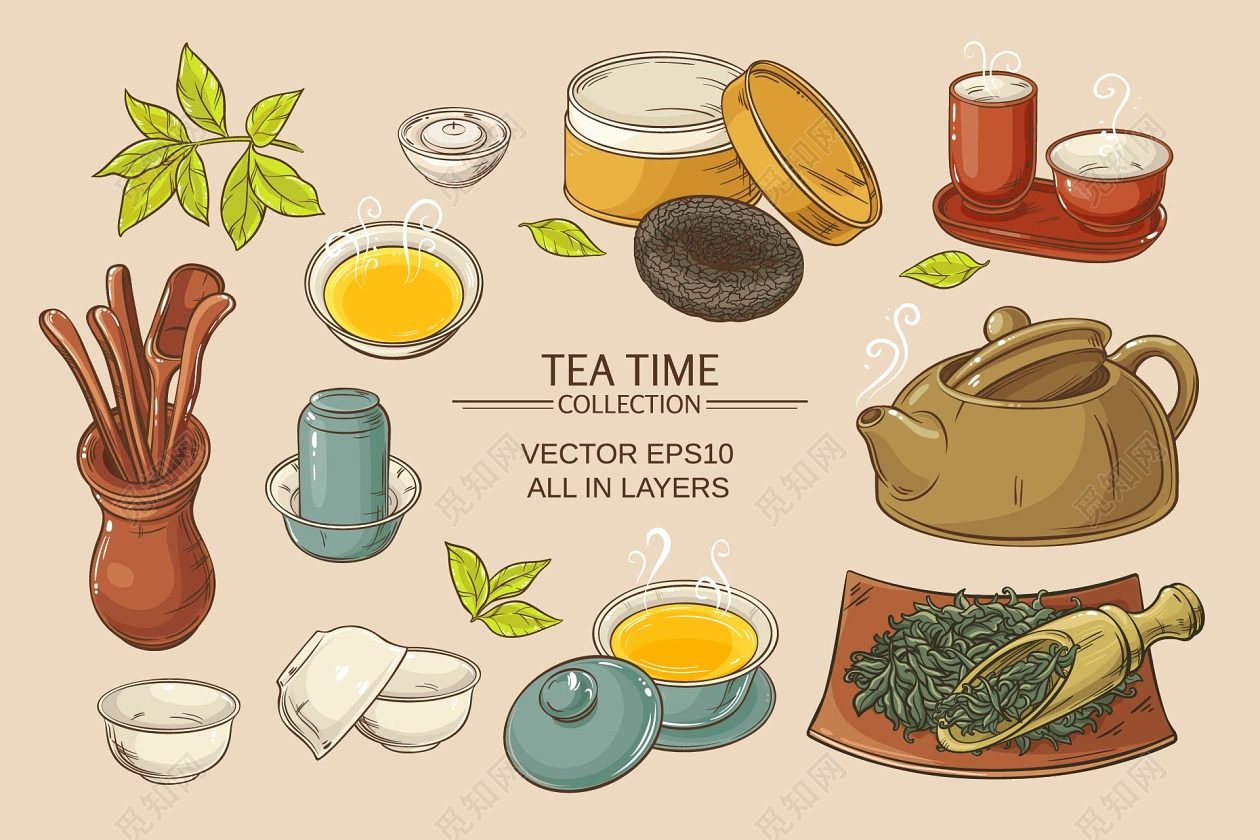
(Image source: Internet, deleted)
thermos flask: Cold brew tea has become very popular in recent years, especially in the summer. With a cold brew kettle, all you need to do is put the tea leaves and cold water into the kettle and leave it in the fridge for a few hours to enjoy a refreshing, decaffeinated cup of cold brew tea.
4. Tea filtration and storage
tea strainer: A tea strainer is one of the essential tools when making tea. Tea baskets and tea balls are two common tea straining tools that allow the tea leaves to fully stretch during the brewing process, releasing a rich flavor and texture.
Tea Storage: In order to maintain the freshness and aroma of the tea leaves, using a tea canister or wooden tea caddy is a good choice. Metal tea canisters are effective in preventing sunlight and moisture from affecting the tea, while wooden tea boxes add a natural and traditional feel.
5. Specialized tea sets: the best choice for specific teas
Matcha Bowl (Tea Bowl): Matcha is a special type of green tea that requires the use of a special matcha bowl and tea brush (a bamboo brewer) for its preparation. These large, wide-mouthed bowls help to mix the matcha powder well, giving it a rich, frothy, thick texture.
Moroccan Mint Teapot: Moroccan mint tea requires the use of a traditional teapot with a long spout, a design that helps to fully aerate the tea as it is poured, enhancing its aroma and flavor.
Regardless of your tea preference, choosing the right tea making utensils can significantly enhance your tea drinking experience. From traditional porcelain and earthenware to modern glass and electric kettles, each type of tea utensil has its own unique appeal and purpose. We hope this article will help you find the best tea making tools for you and enjoy every cup of tea.

